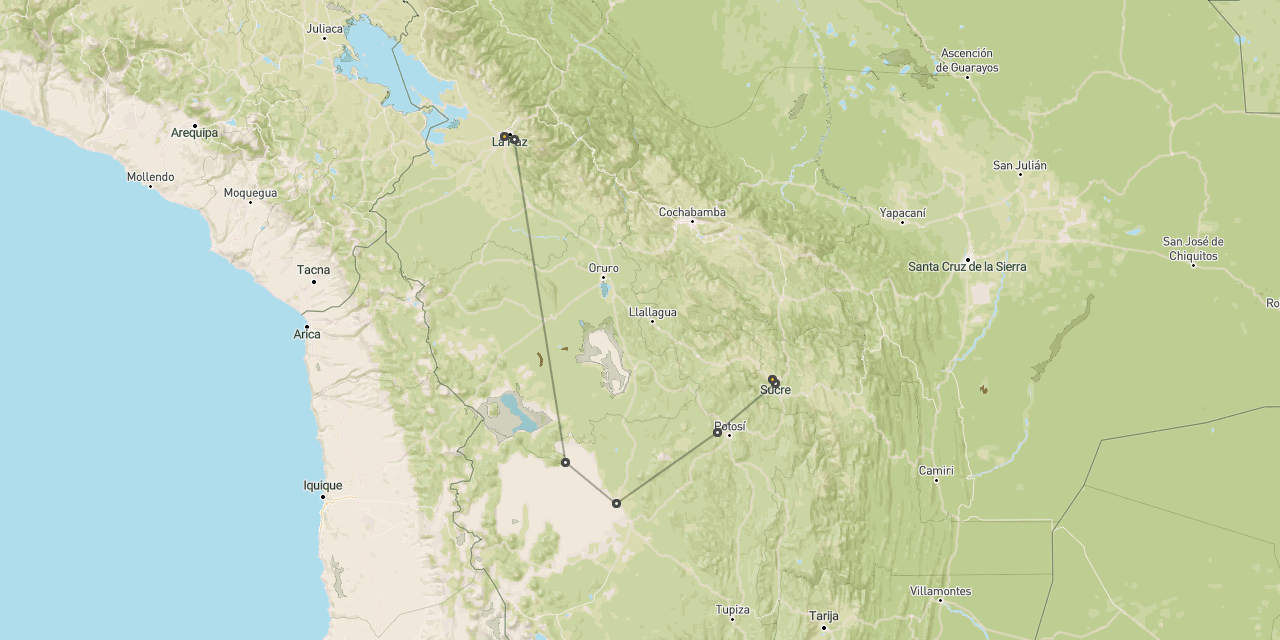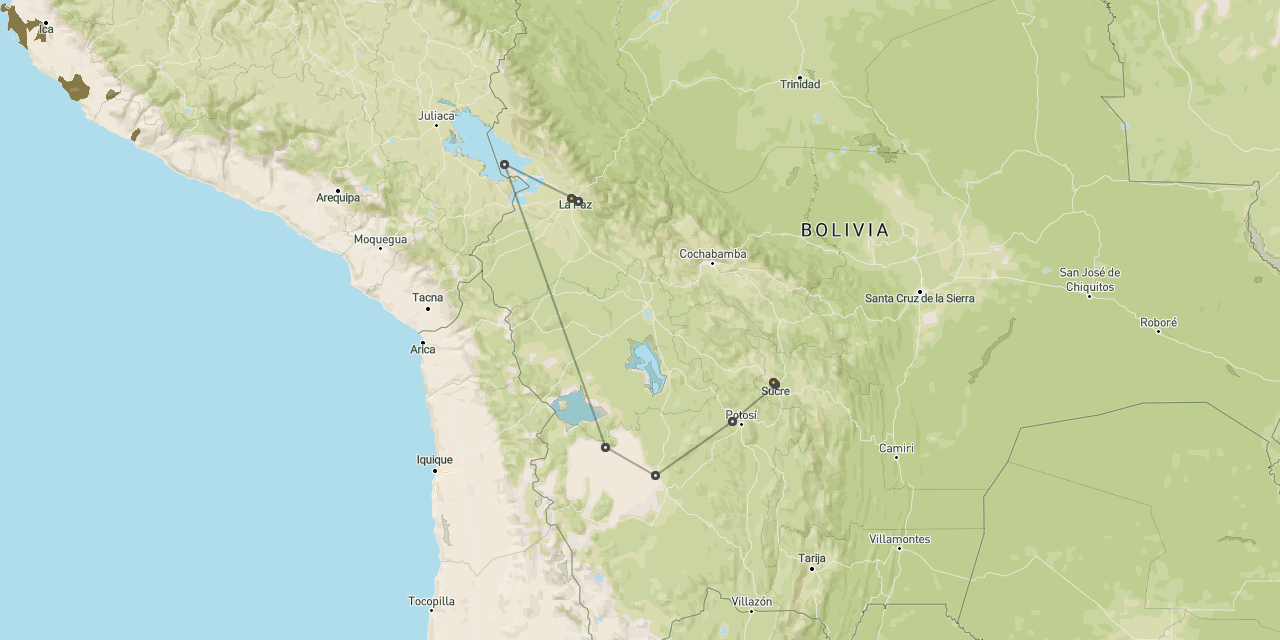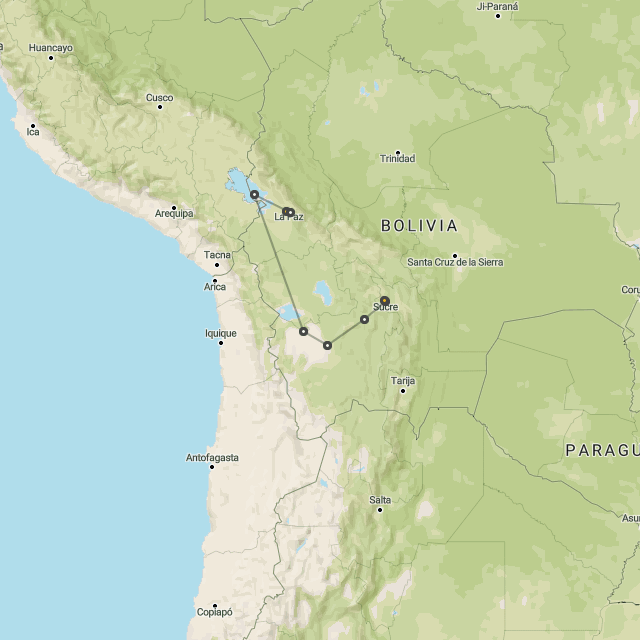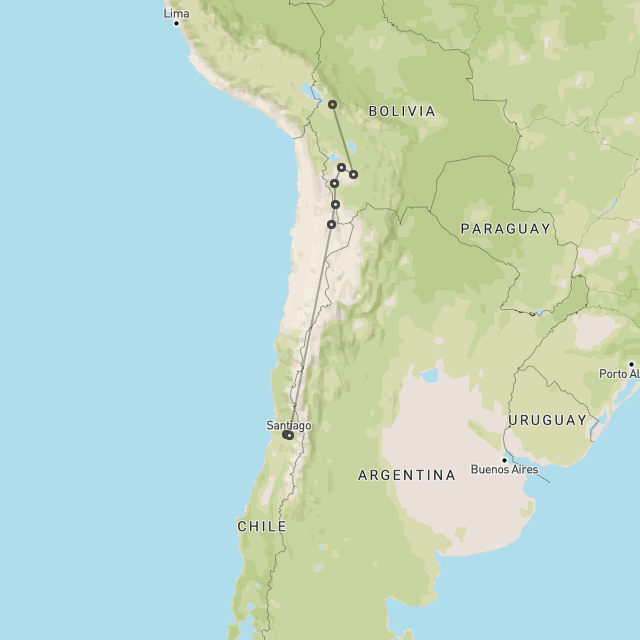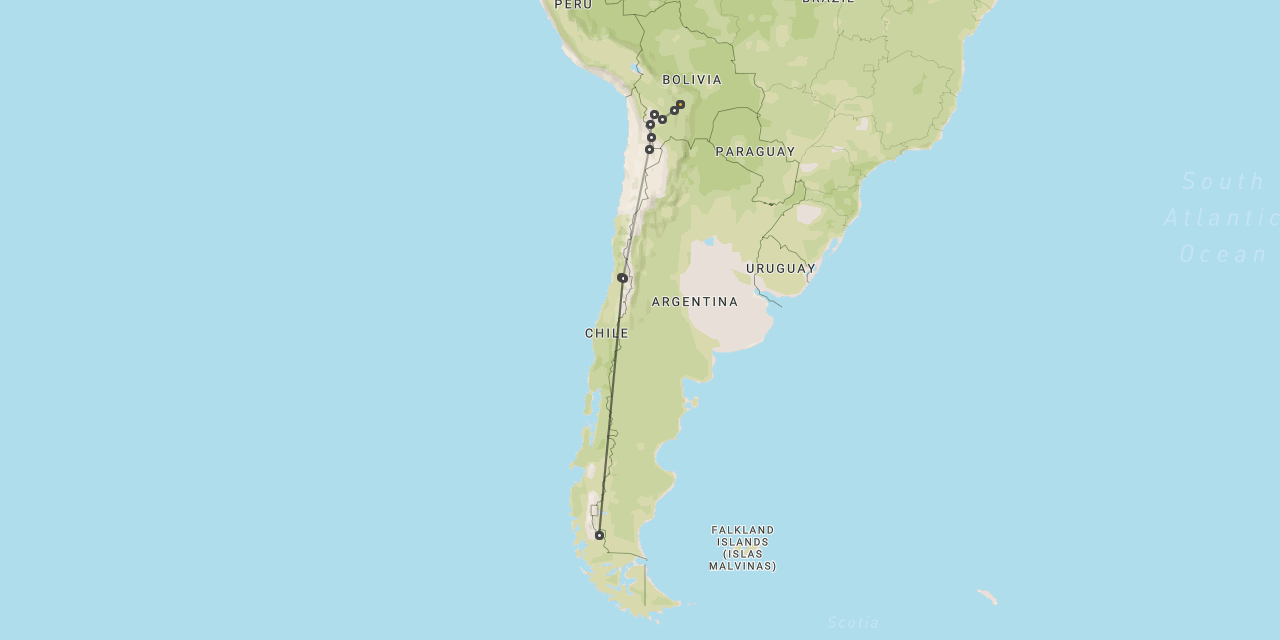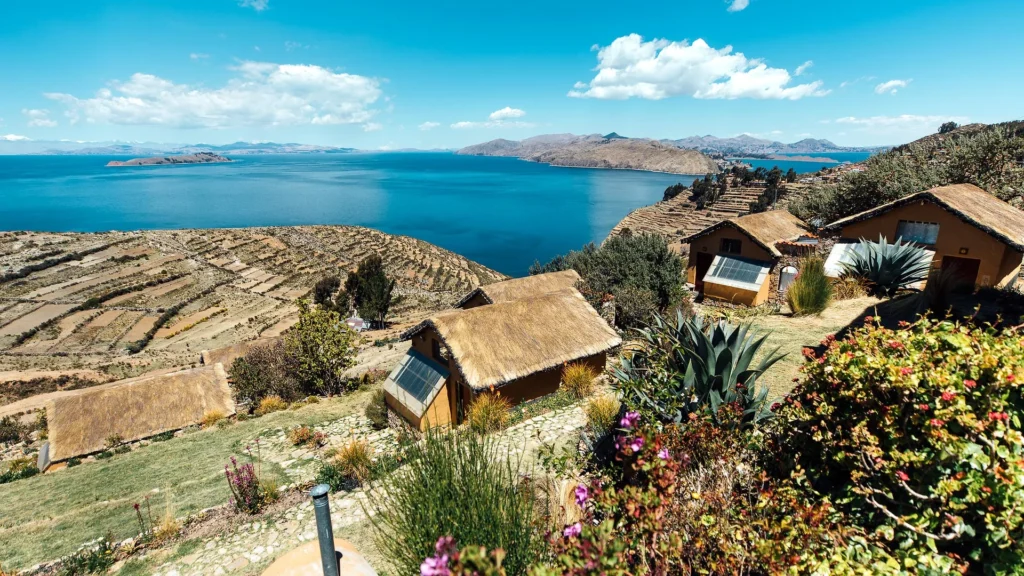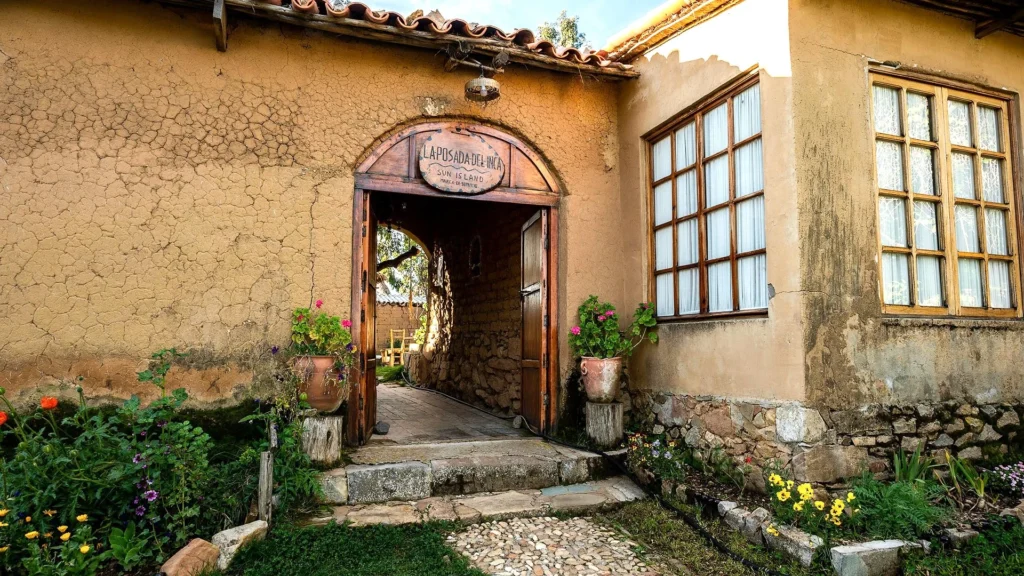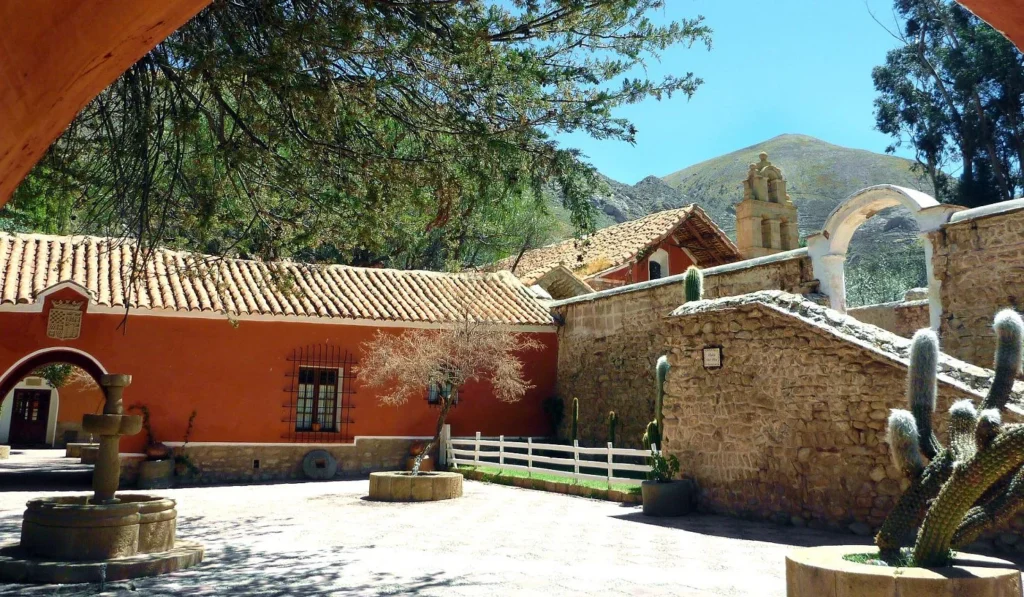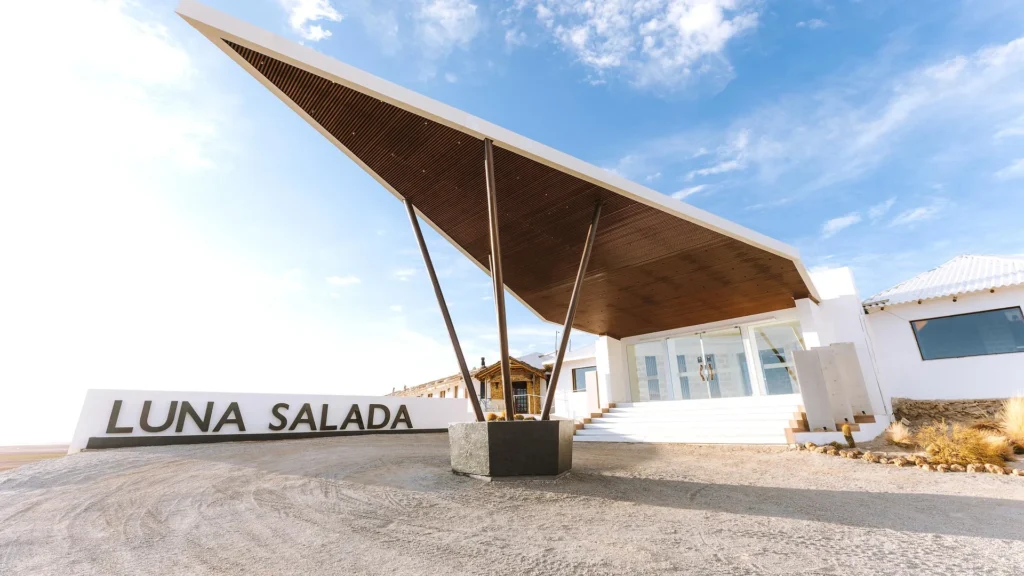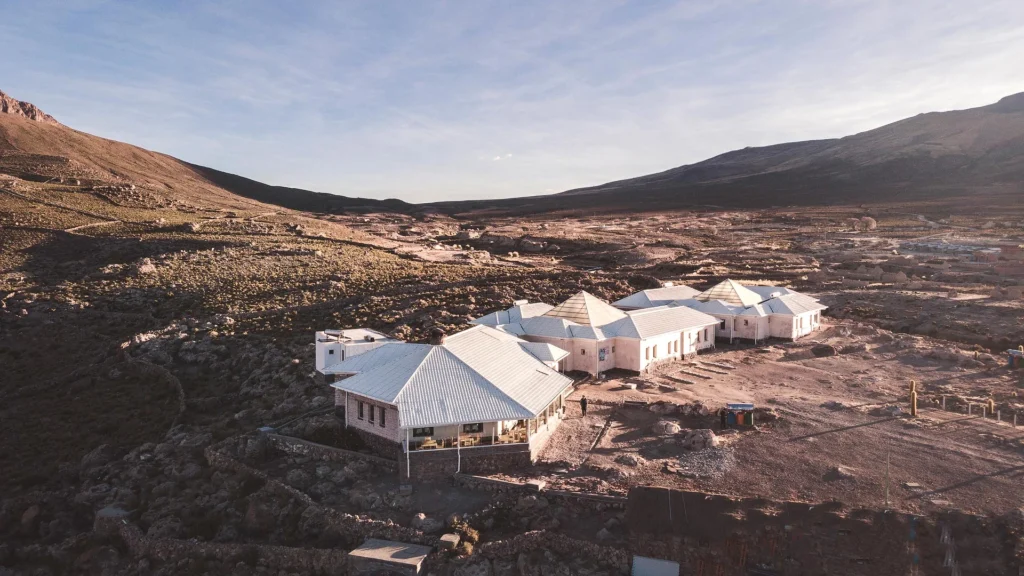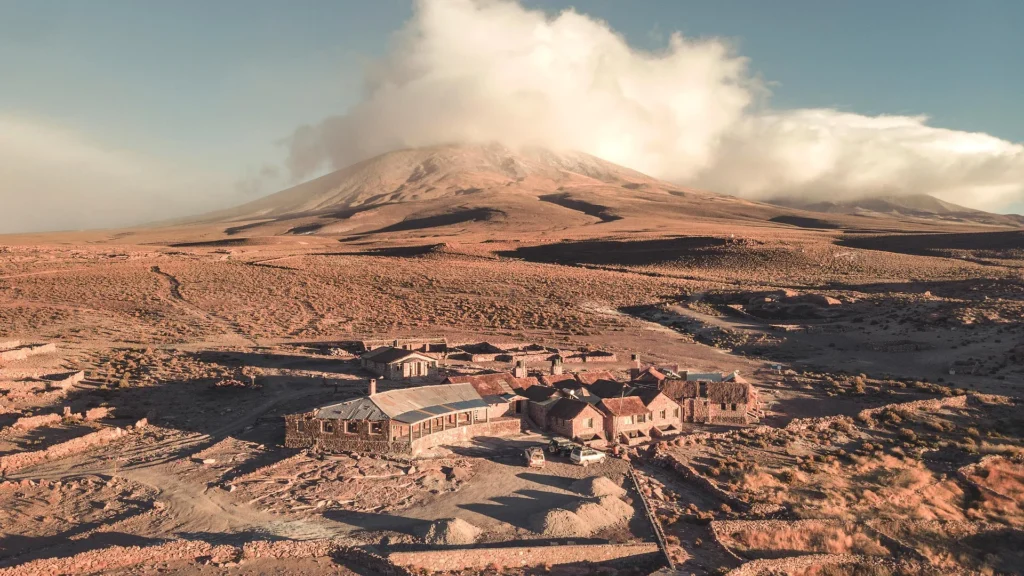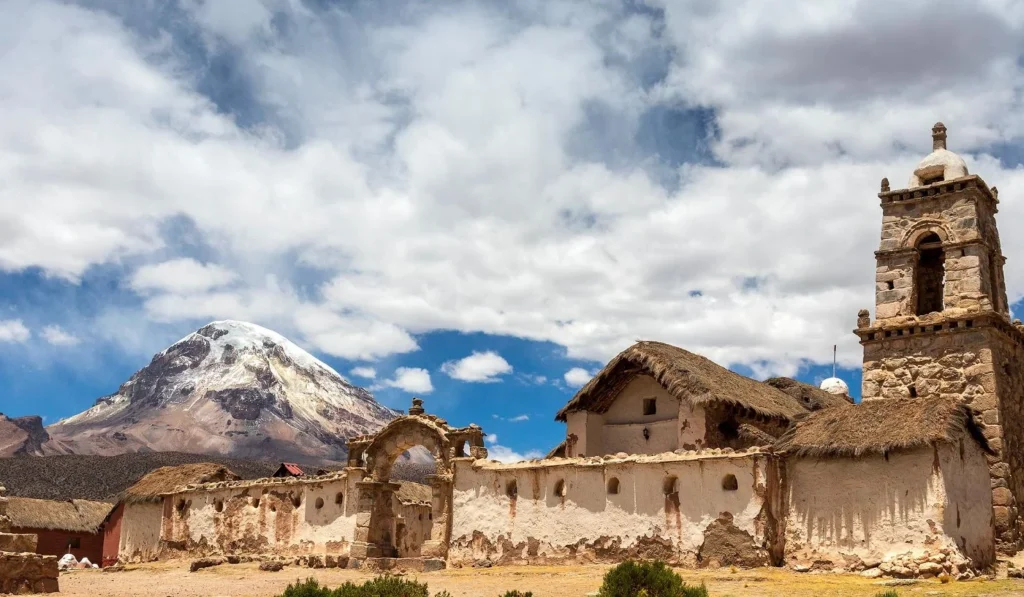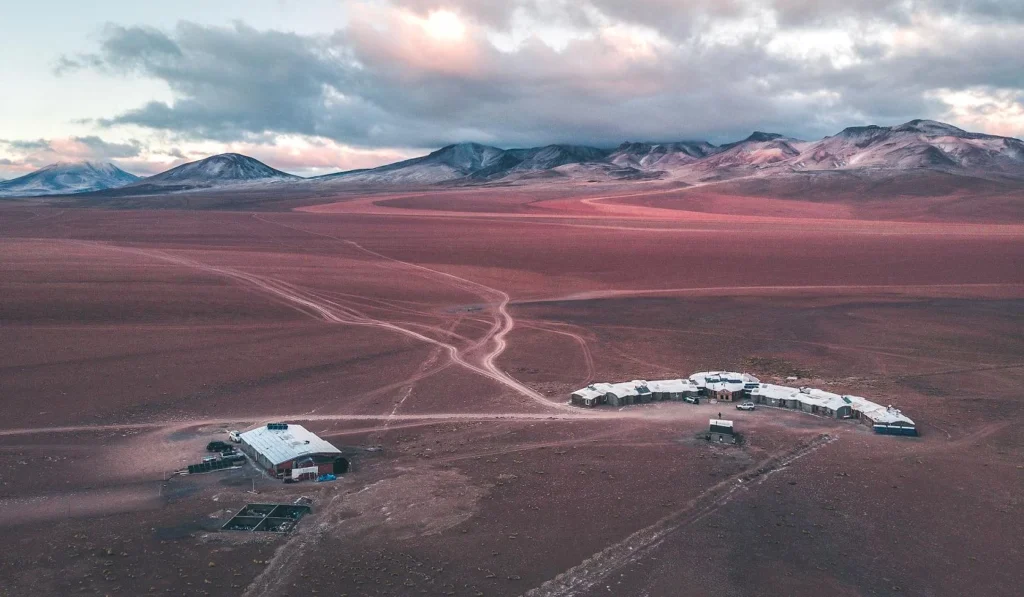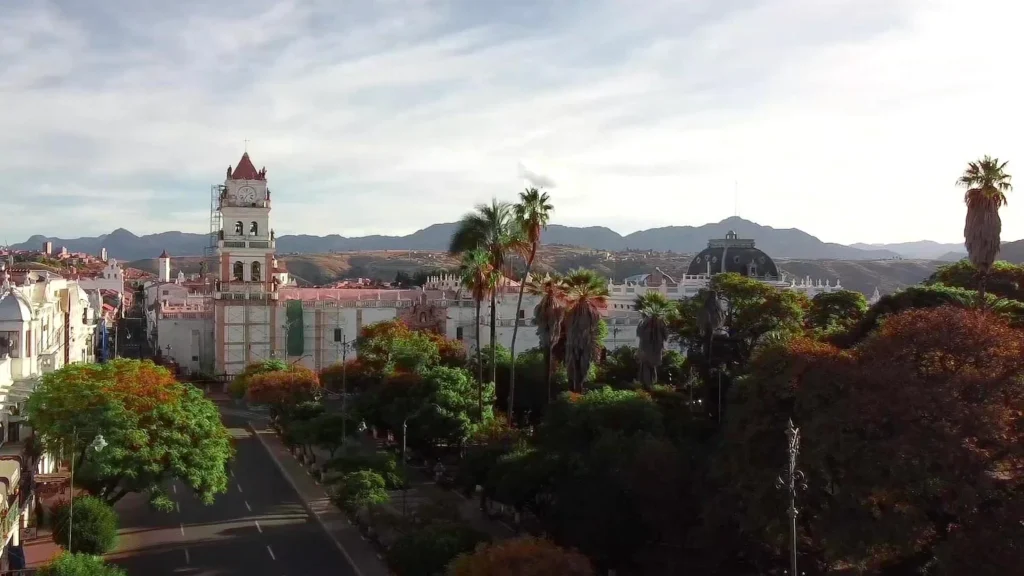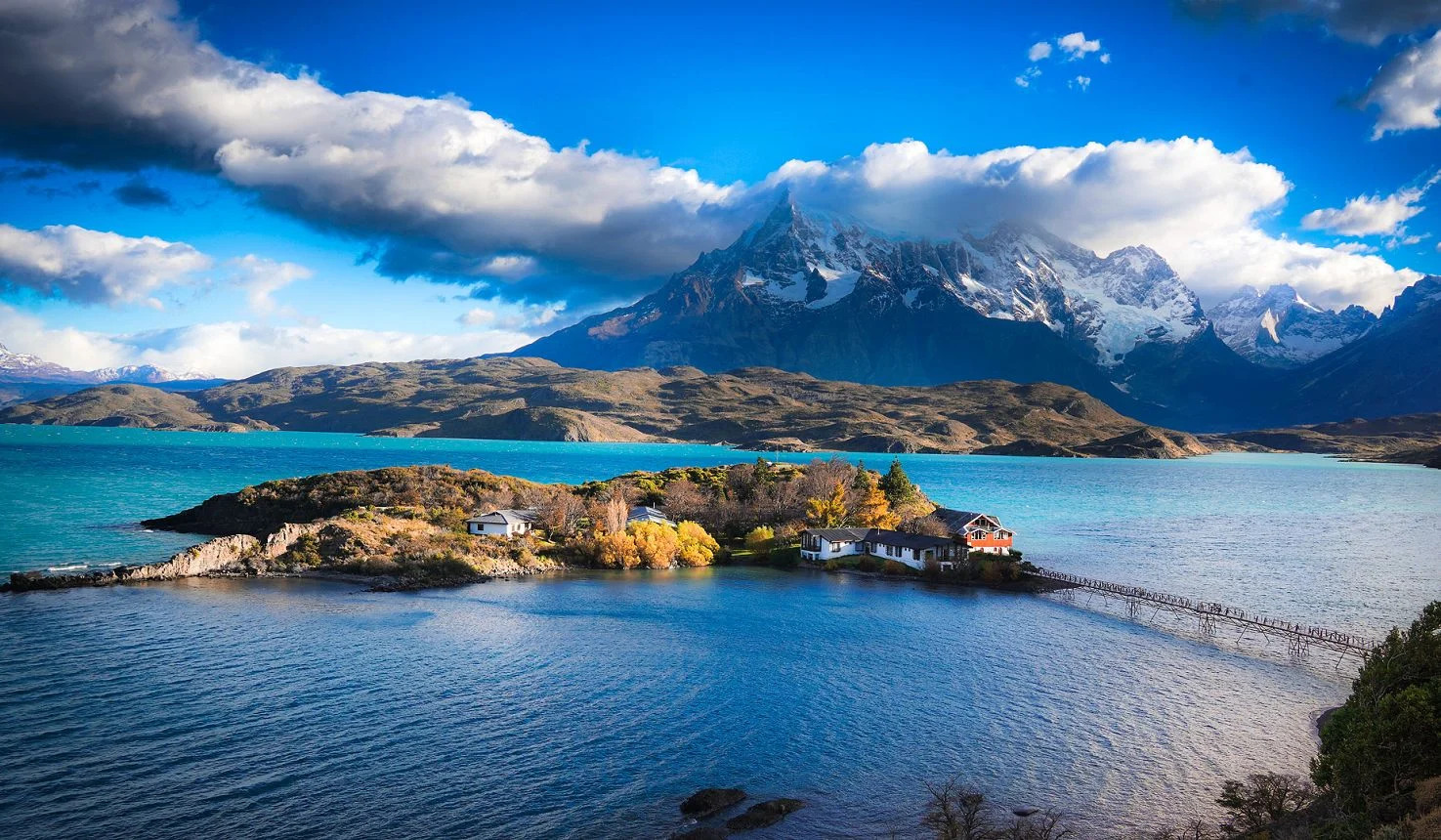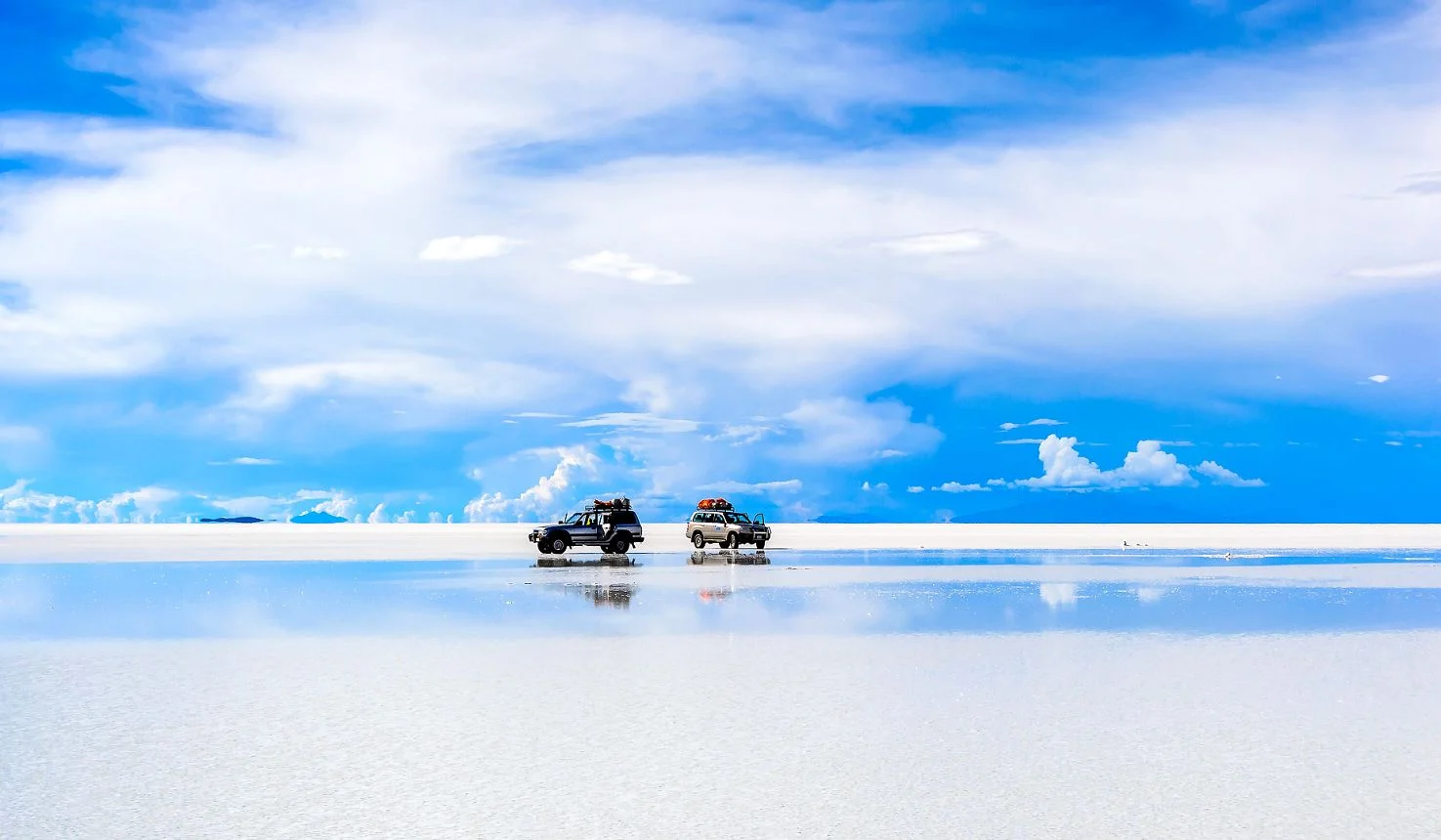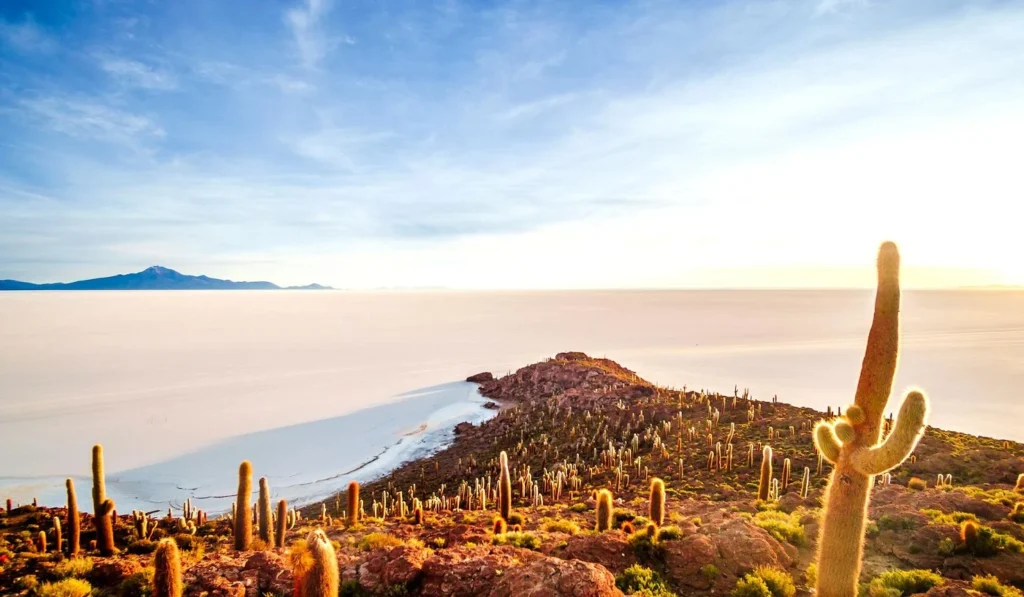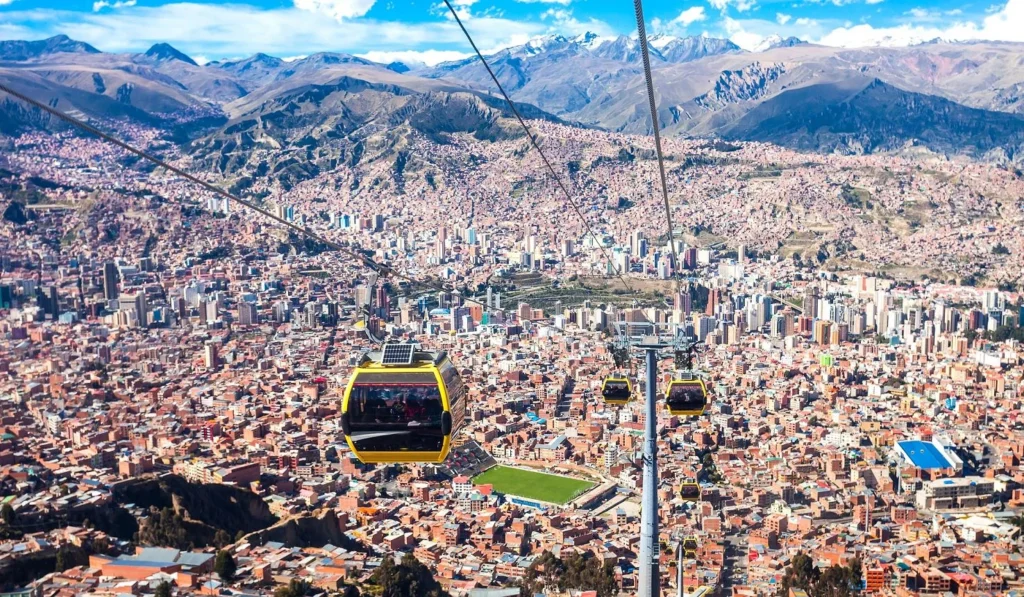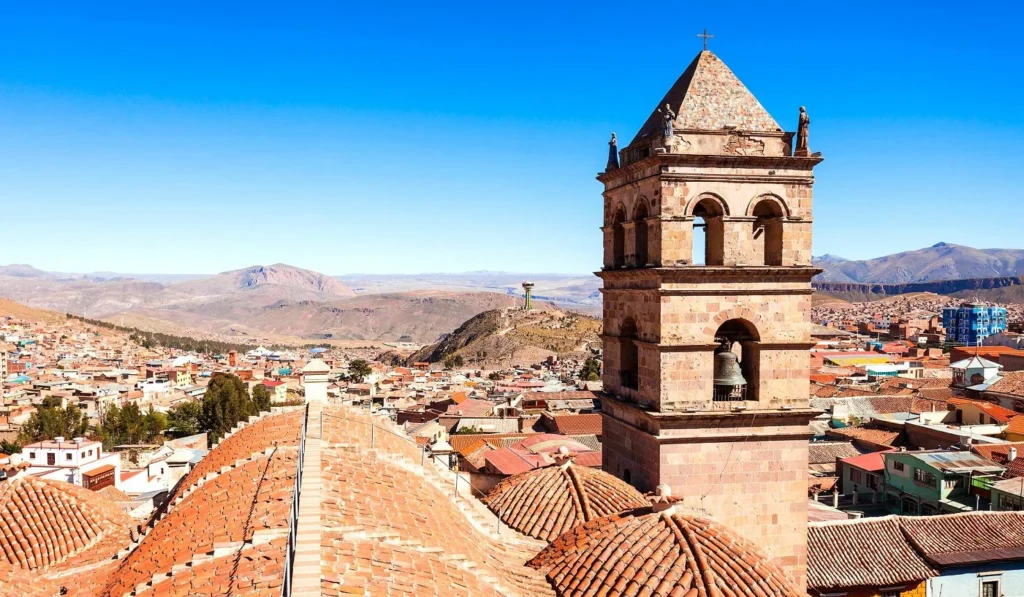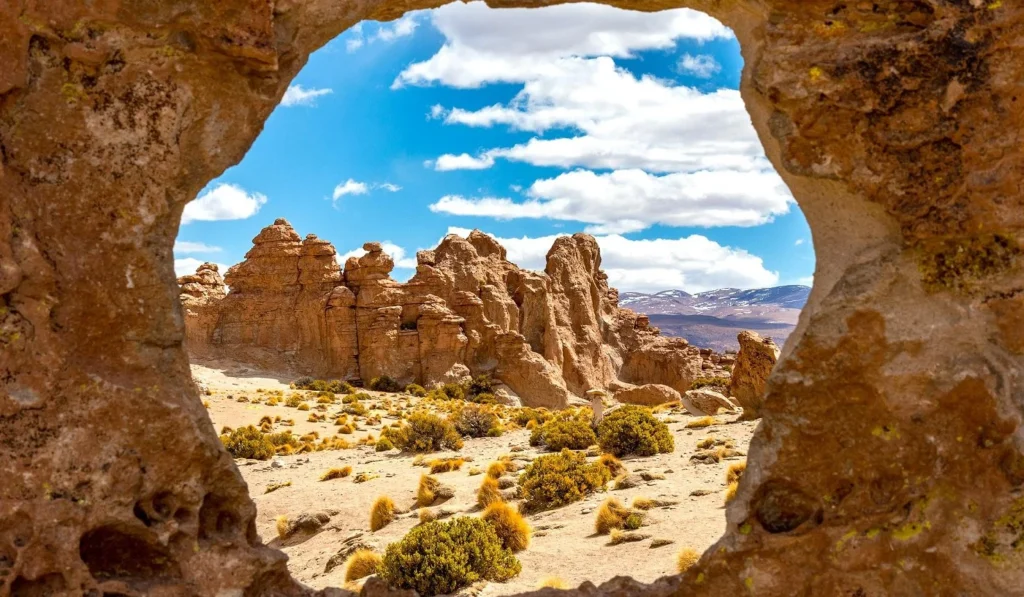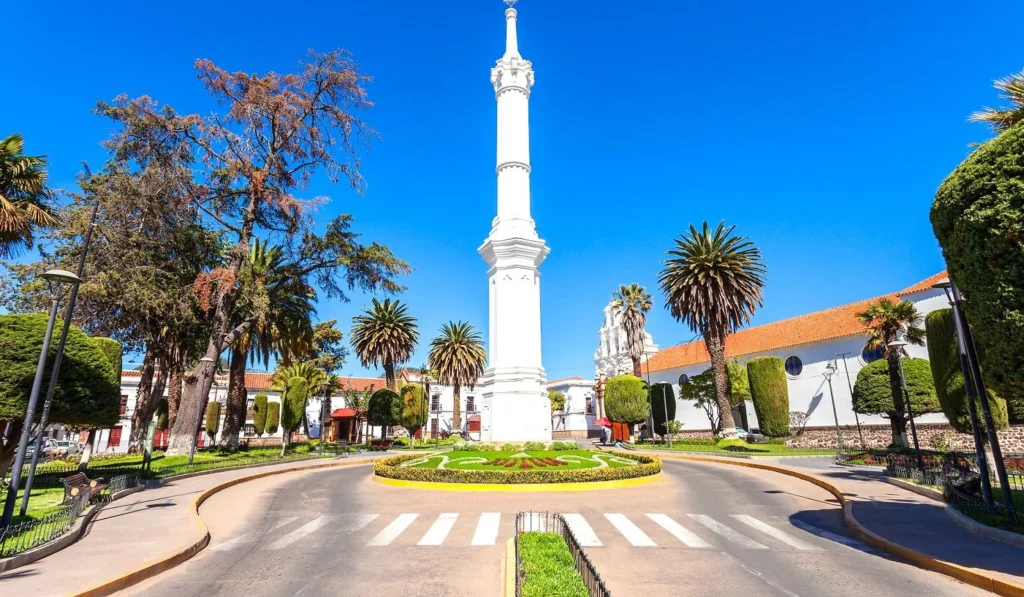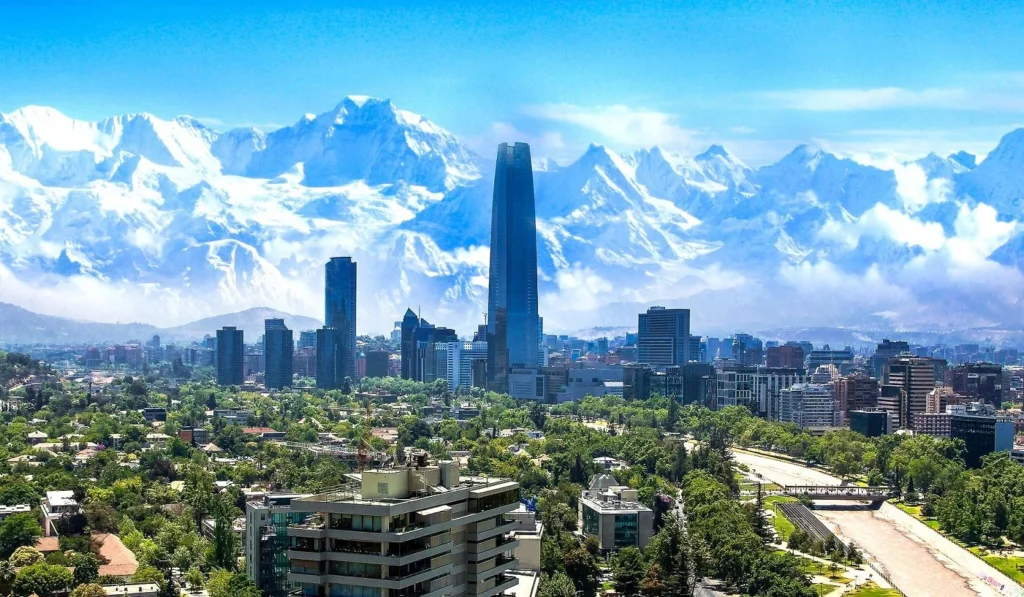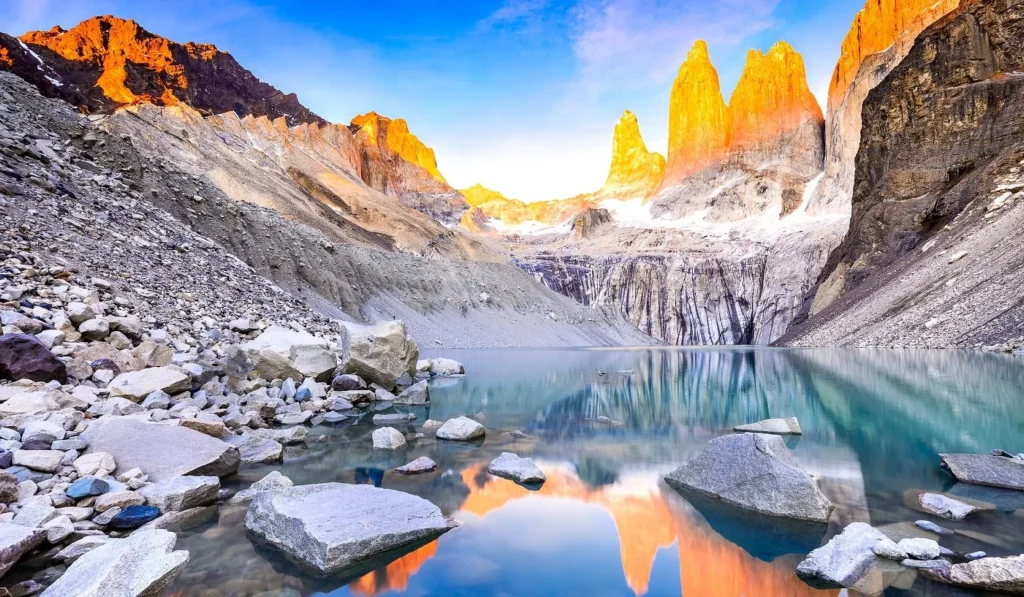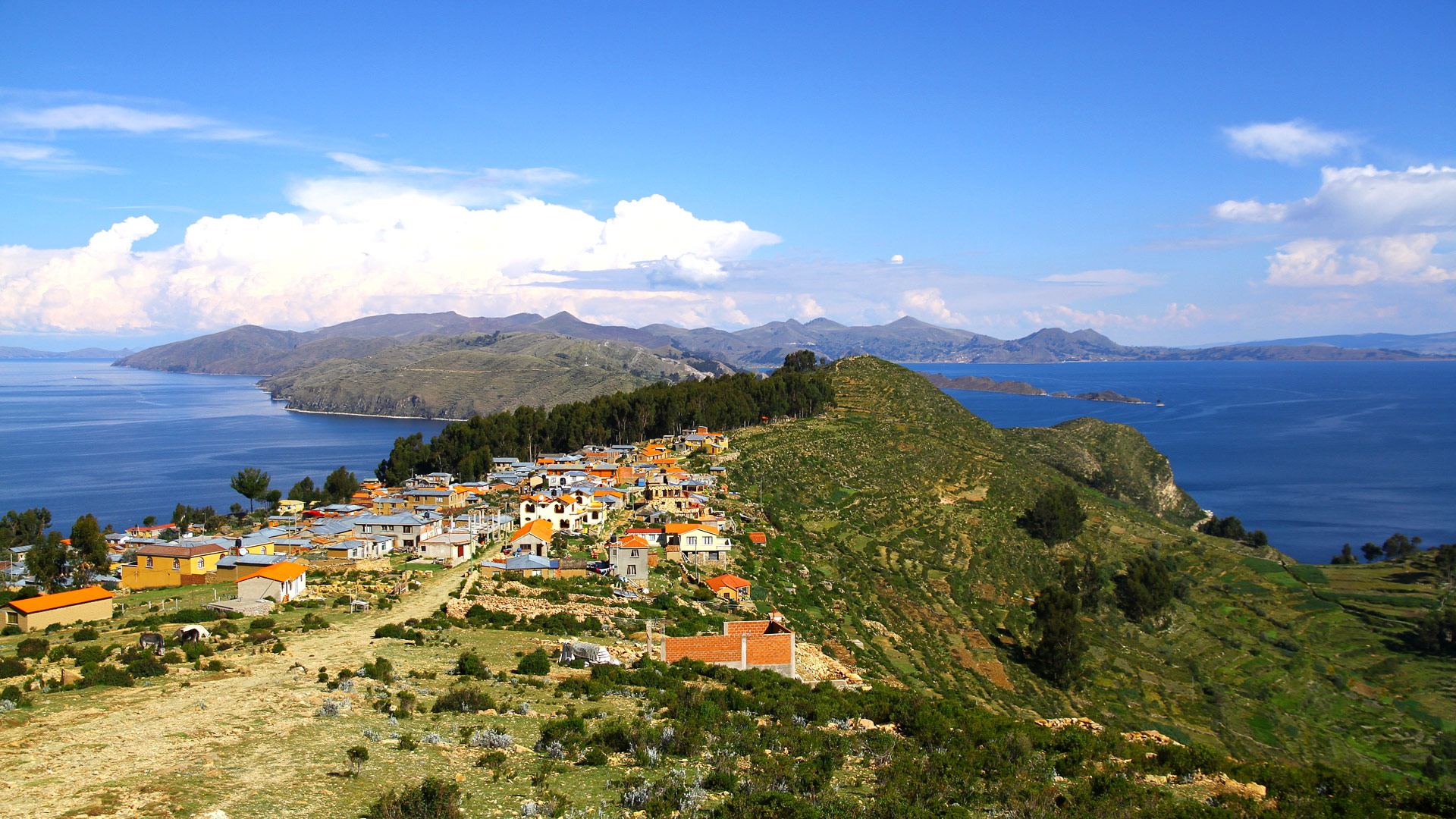
Travel to Lago Titicaca Sur
Lago Titicaca Sur
is an entrancing area
of sacred islands
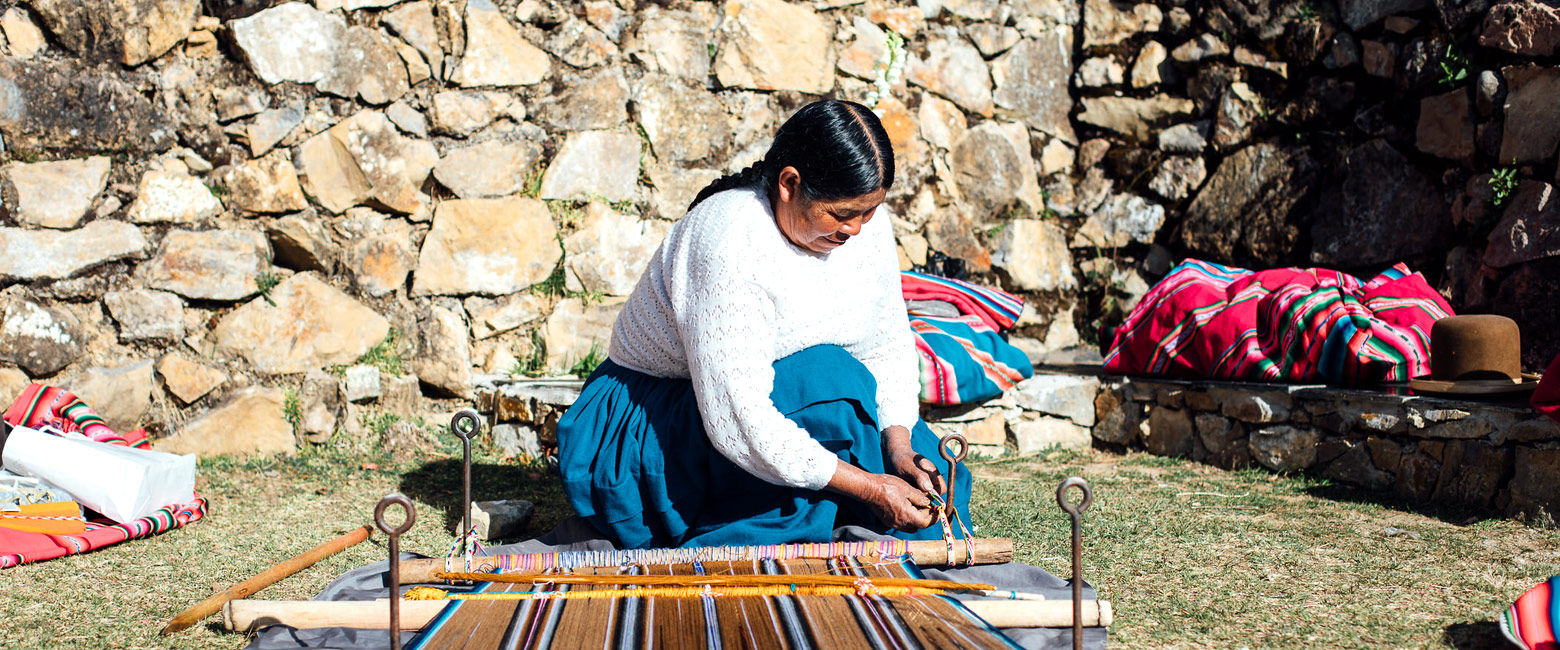
intimately linked to pre-Inca cultures
Set in the far west of Bolivia, high in the Andes and straddling the border with Peru, Lago Titicaca is a very large, deep and scenic lake, with electric blue waters, surrounded by terraced agriculture and set against a backdrop of the snow-capped mountains.
It’s the largest lake in South America when measured by both volume of water or surface area and, at 3812 metres above sea level, it’s also often cited as being ‘the highest navigable lake in the world’.
The lake is fed by five major rivers and around twenty smaller streams, but has only one outlet, the Río Desaguadero, which flows south through Bolivia (ultimately reaching the famous salt pan of Salar de Uyuni). However this outlet only accounts for 10% of the lake’s water balance, the remaining 90% being lost through evaporation.
The lake is home to more than 530 aquatic species, including dozens of endemic fishes and reptiles. Birding highlights include endemic Titicaca grebes, Puna ibises and Chilean flamingos.
The lake was considered to be deeply sacred by the Inca people, who believed that the sun, the moon, the stars and the Inca ancestors all originated from its depths. The area therefore features some very important archaeological sites, including temples dedicated to the sun and the moon.
Today the lake’s many islands are home to various ethnic groups, each with their own unique and distinct cultures, many of whom still adhere to the traditional beliefs and ways of life.
The Lago Titicaca area is typically visited for 2-3 nights when included in a Bolivia trip, 3-4 nights when combining Bolivia and Peru.
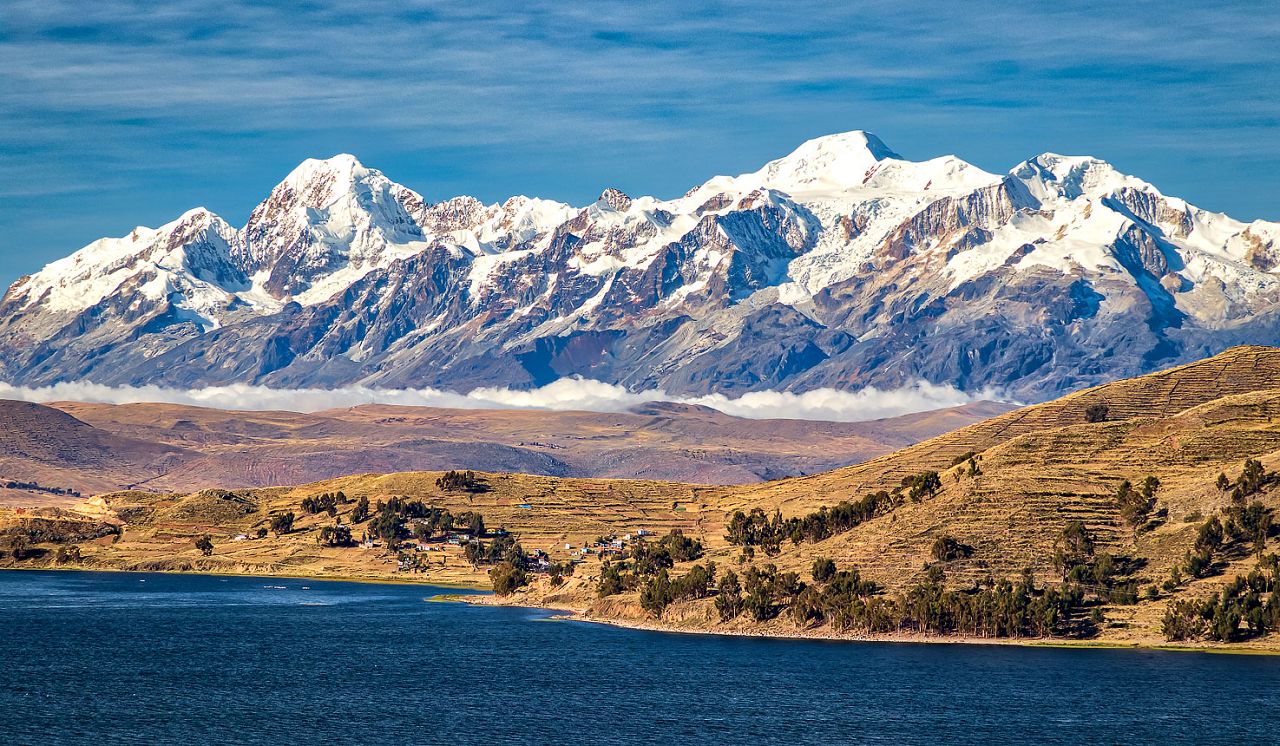
Gallery
Map
The best time to visit Lago Titicaca is generally considered to be during the Apr-Sep cool dry season.
Lago Titicaca has a subtropical highland climate, which is generally dry and temperate, with two clearly defined seasons.
During the Apr-Sep winter conditions are usually cool and clear, with lots of sunshine. Peak daytime temperatures are usually around 16C/61F, with nighttime lows regularly plunging to -6C/21F, with regular frosts. Average sunshine is up around 8-9 hours per day, up to 85% of daylight hours.
During the Oct-Mar summer the weather is often cloudy and wet, with rainfall around 100mm (4”) per month. Peak daytime temperatures usually climb to around 17C/63F, with nighttime lows still down at around 3C/37F. Average sunshine drops to around 6 hrs per day, around half of daylight hours.
Like many of the high elevation locations in the Andes, the ultra-violet radiation is extremely high, so sun protection is essential.
Getting around
Here is a quick description of the scenic route from La Paz to Lake Titicaca …
The journey from La Paz to Huatajata on the southern side of Lago Titicaca is only around 70 km (44 miles) by road, which takes around 1.5 hours once we factor in any traffic getting out of the capital.
From Huatajata we continue on 20km to San Pablo de Tiquina to catch a ferry across the 800 metre strait to the peninsular of Maco Kapac, then a further 40 km to the port of Copacabana.
From Copacabana it’s a boat ride of around 45 minutes to Isla del Sol.
Continuing on from Copacabana it’s around 3hrs by road north, across the border into Peru and on to the port of Puno.
If you simply want to travel direct from La Paz to Puno, then it’s a drive of around 3-4 hours, although you might want to spend an hour or so at the impressive archaeological site of Tiwanaku, which is along the route.
Where to stay
Although there are quite a lot of lodges in various small towns around the southern shores of Lago Titicaca, we generally prefer to head directly to the Isla del Sol, where there’s a couple of simple but very pleasant locally-owned guest-houses.
three or four nights at an authentic local lodge
let us know your thoughts about Bolivia
and we will help you create the perfect trip
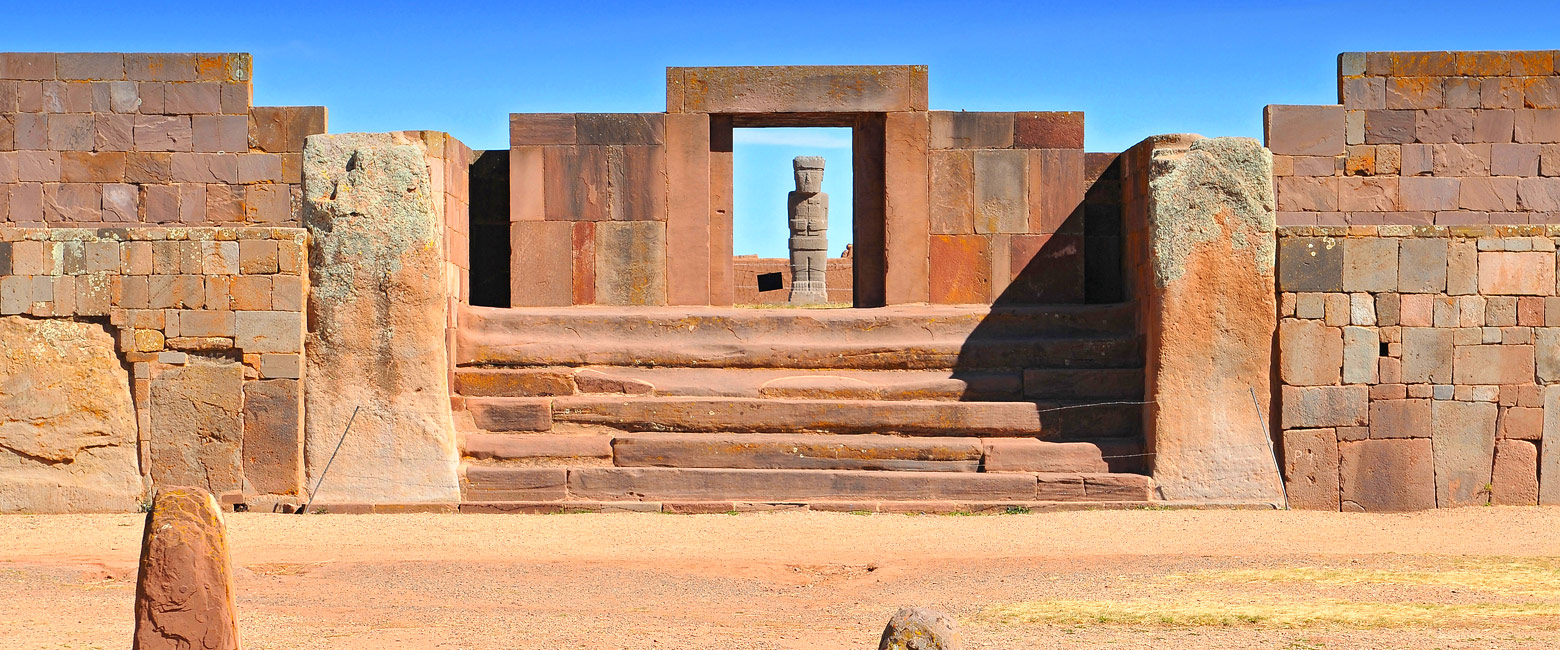
Extraordinary tailor-made adventures,
from earthy and edgy to easy and extravagant
From around USD 2500 per person, you set the ceiling
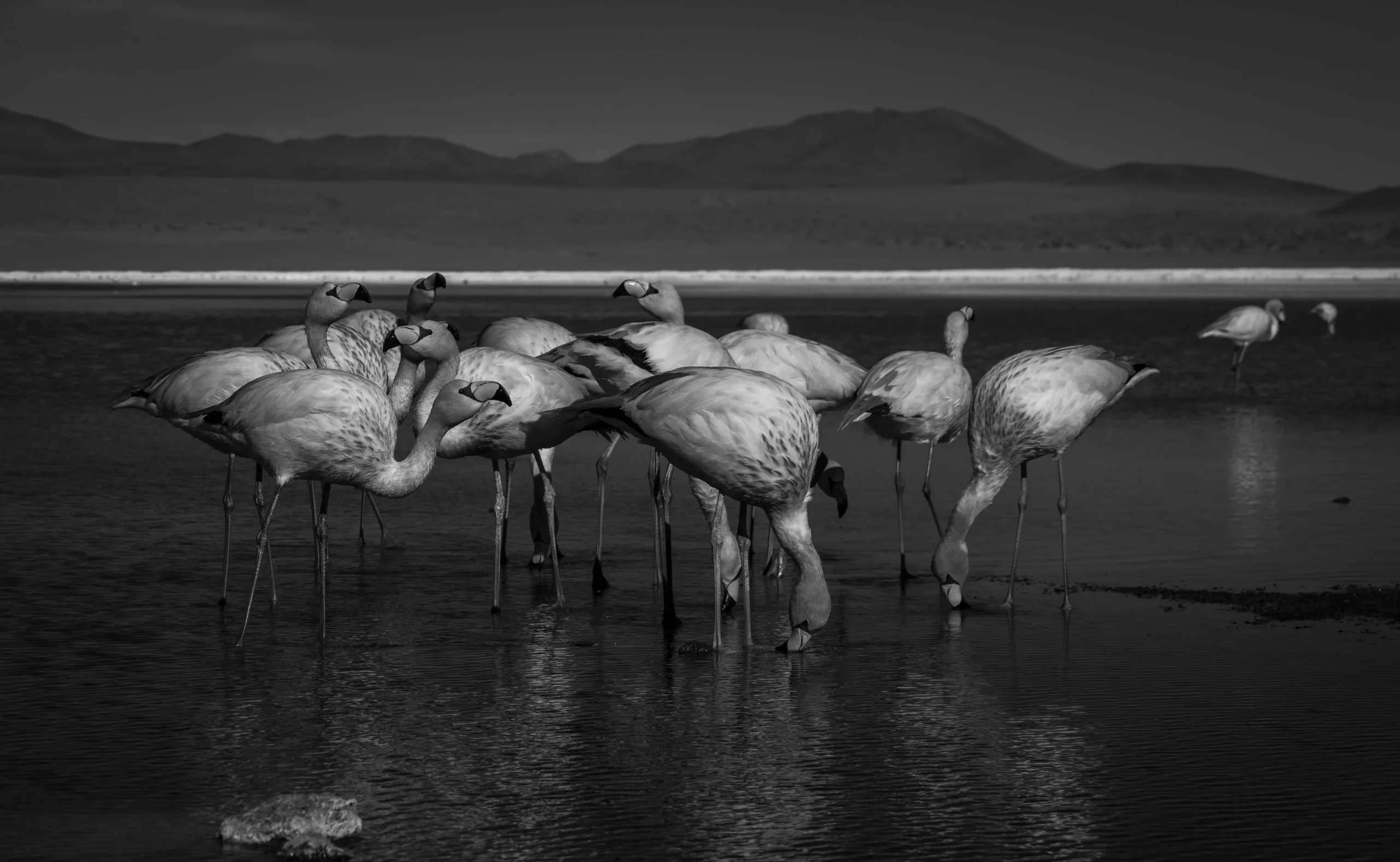
Get started on your trip
It’s never too soon to get in touch, we are here to help with every stage of your planning.
Sample Trips
Here are some of our popular trip shapes
Best Lodges
We regularly inspect and photograph all of the the best lodges, to ensure that we always recommend the most suitable options
Key Locations
Take a look around related locations. Click ‘View more’ to explore locations further afield.
























